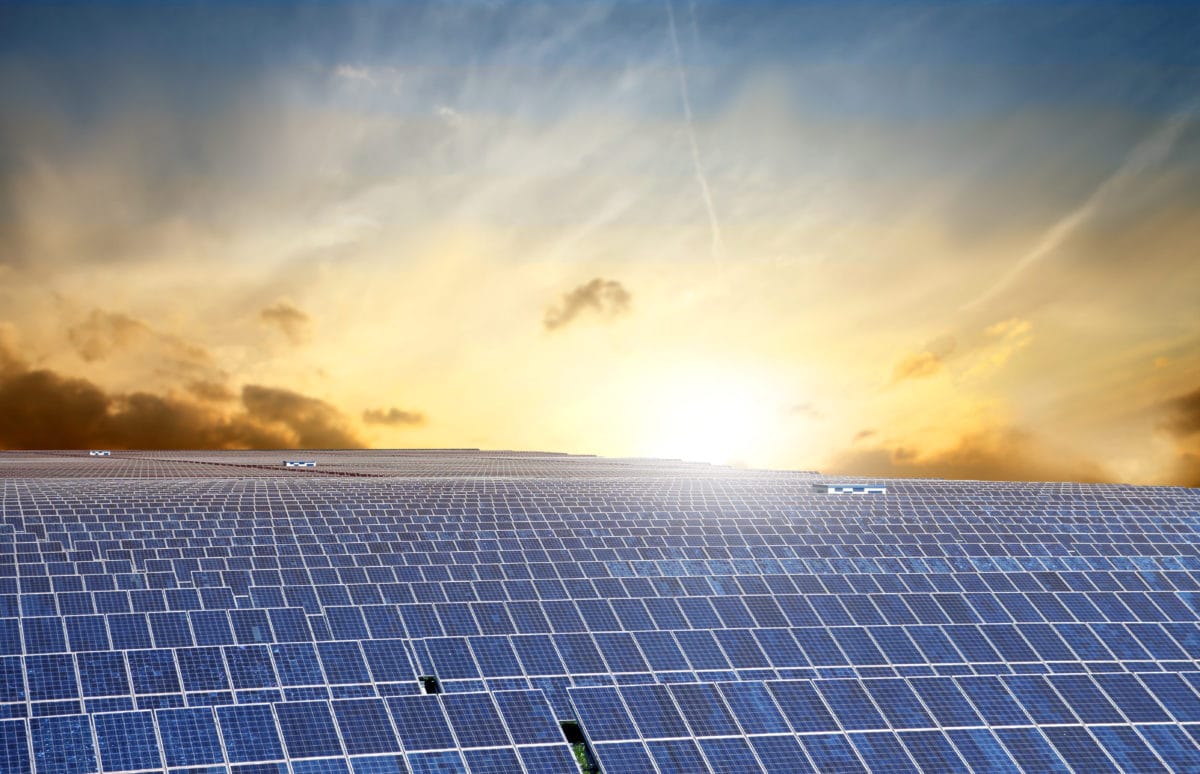New research from BloombergNEF has found that green hydrogen should see a 85% cost decline by 2050 thanks to cheaper solar, leading to costs under US$1/kg and easily undercutting natural gas as well as blue and grey hydrogen production.
This new research also undercuts BloomberNEF’s previous 2030 forecast by 13% and its 2050 forecast by 17%. The key force behind this accelerating cost decline of green hydrogen is the continuously falling costs of solar PV. BloombergNEF forecasts that solar electricity will be 40% cheaper in 2050 than what the financial research company thought only two years previous.
This continuous cost decline on the solar front is being driven by automatic manufacturing, less silicon and silver consumption, higher photovoltaic efficiency of solar cells, and the greater yields provided by bifacial panels.
Stepping on the gas
BloombergNEF modelled 28 major markets in this most recent research and found that green hydrogen would be cheaper than natural gas (on an energy-equivalent basis) by 2050 in 15 of the 28 markets. But if those markets were using natural gas with carbon capture and storage (CCS), then green hydrogen out-competes gas across the board.
“Such low renewable hydrogen costs could completely rewrite the energy map,” said BloombergNEF lead hydrogen analyst, Martin Tengler. “It shows that in future, at least 33% of the world economy could be powered by clean energy for not a cent more than it pays for fossil fuels. But the technology will require continued government support to get there – we are at the high part of the cost curve now, and policy-supported investment is needed to get to the low part.”
Green light
Not only is BloombergNEF forecasting that green hydrogen will undercut natural gas, but also blue hydrogen (generated from fossil fuels with CCS), as well as straight ‘grey’ hydrogen produced from fossil fuels without CCS.
Tengler predicts that by 2030, “it will make little economic sense to build ‘blue’ hydrogen production facilities in most countries, unless space constraints are an issue for renewables. Companies currently banking on producing hydrogen from fossil fuels with CCS will have at most ten years before they feel the pinch. Eventually those assets will be undercut, like what is happening with coal in the power sector today.”
Of course, that green energy and therefore green hydrogen is getting cheaper is not surprising, but the rate at which costs are declining certainly is. “Every year it gets cheaper, faster than anyone expects,” continues Tengler, “The key driver is falling cost of solar PV electricity. We now think solar PV power will be 40% cheaper by 2050 than what we had thought just two years ago.”
The other major contributor to the accelerating price decline of green hydrogen is reductions in electrolyzer-related costs.
This content is protected by copyright and may not be reused. If you want to cooperate with us and would like to reuse some of our content, please contact: editors@pv-magazine.com.









3 comments
By submitting this form you agree to pv magazine using your data for the purposes of publishing your comment.
Your personal data will only be disclosed or otherwise transmitted to third parties for the purposes of spam filtering or if this is necessary for technical maintenance of the website. Any other transfer to third parties will not take place unless this is justified on the basis of applicable data protection regulations or if pv magazine is legally obliged to do so.
You may revoke this consent at any time with effect for the future, in which case your personal data will be deleted immediately. Otherwise, your data will be deleted if pv magazine has processed your request or the purpose of data storage is fulfilled.
Further information on data privacy can be found in our Data Protection Policy.